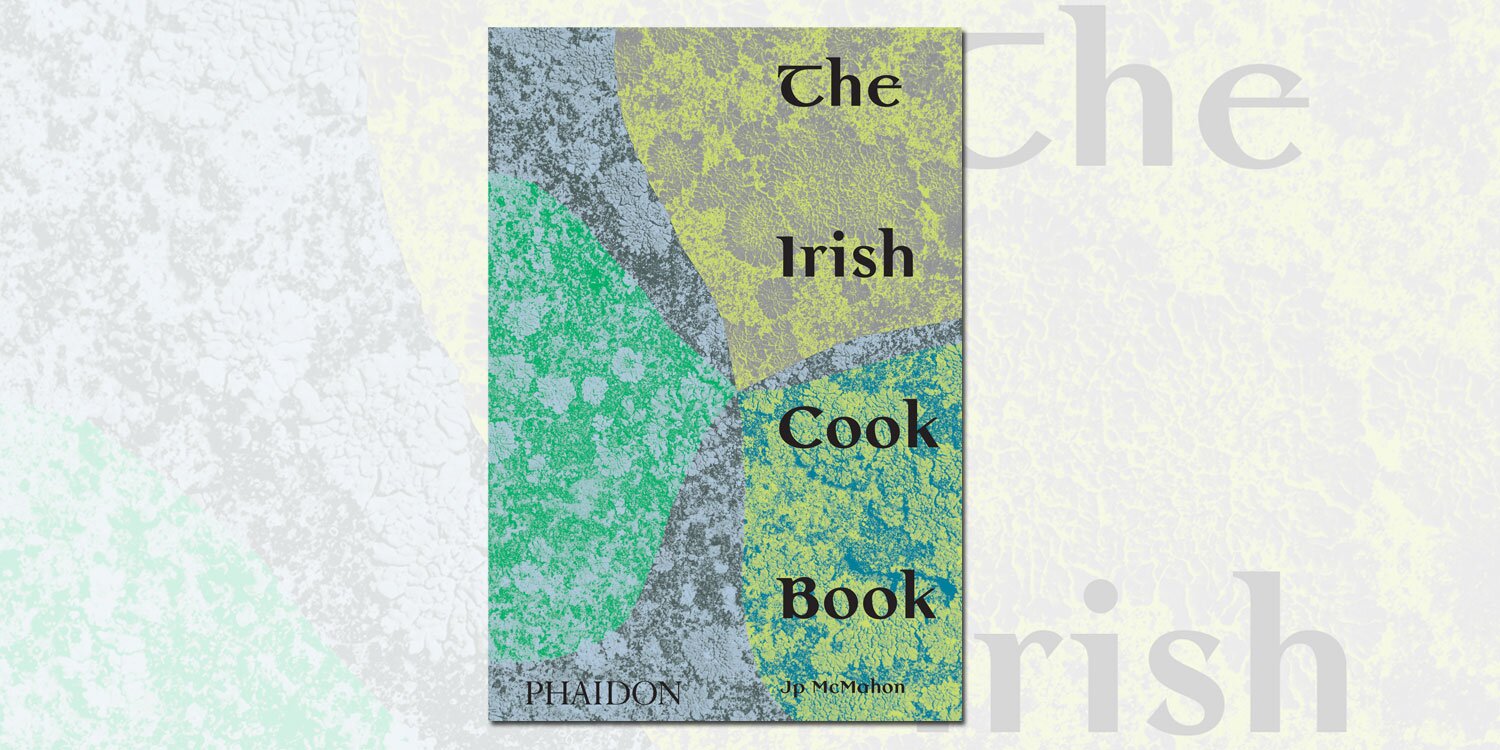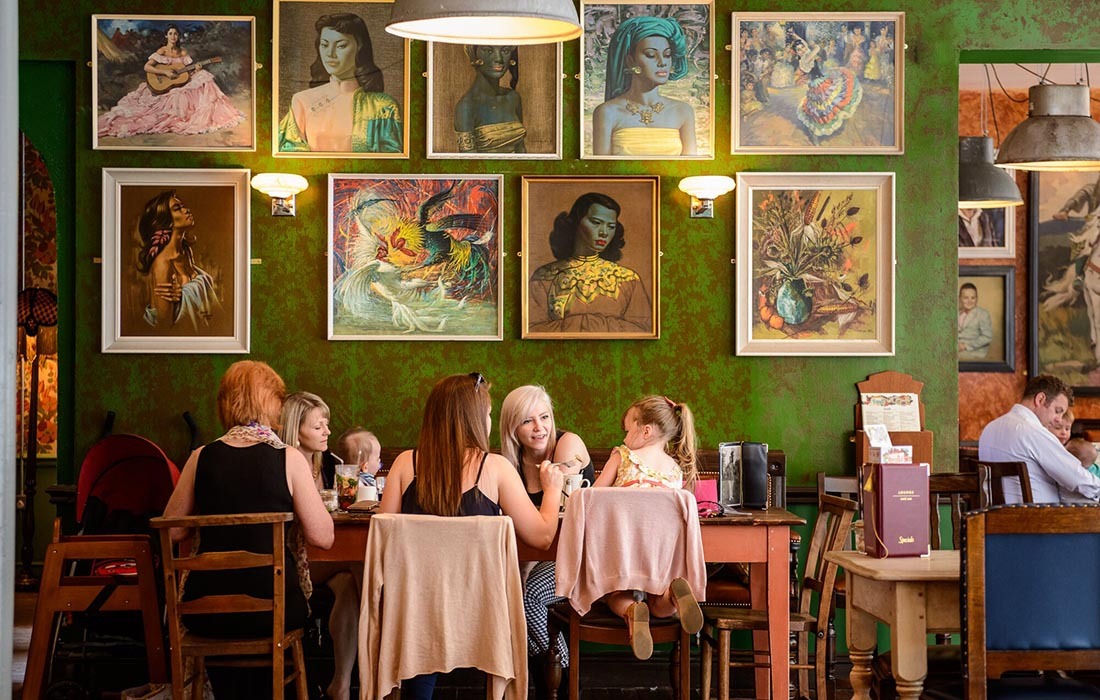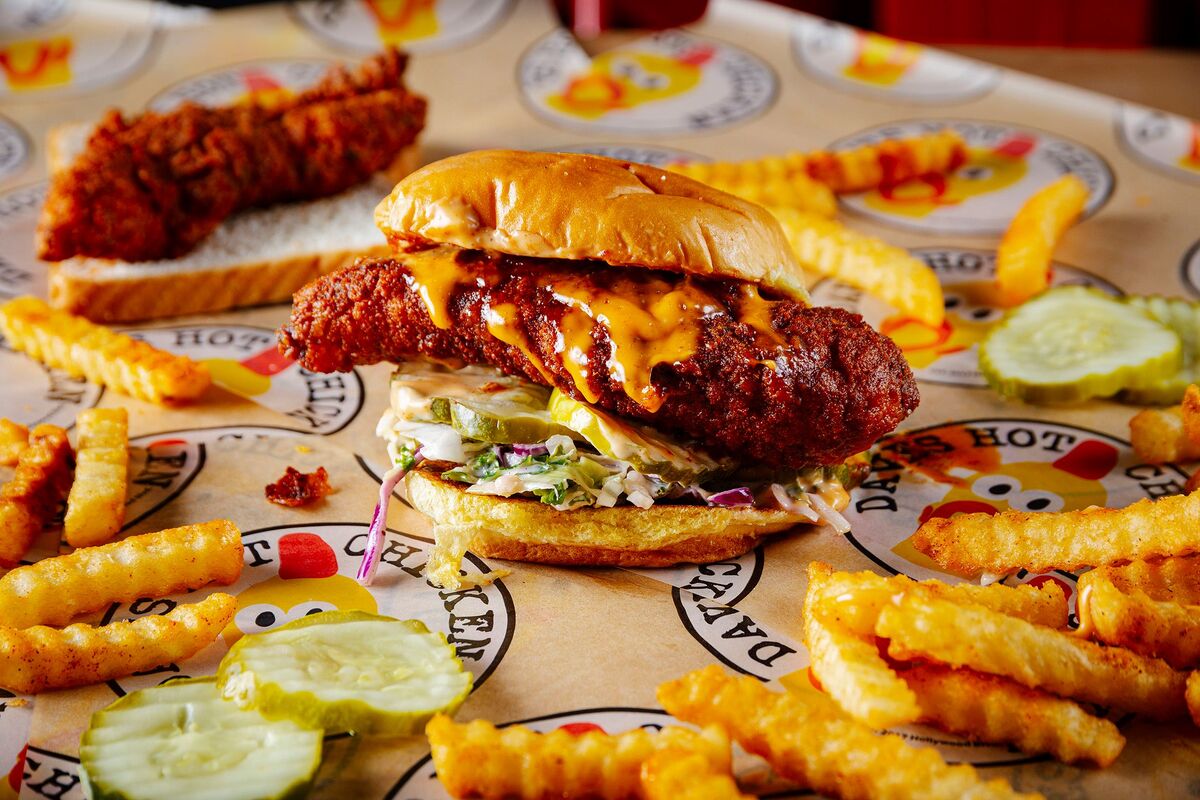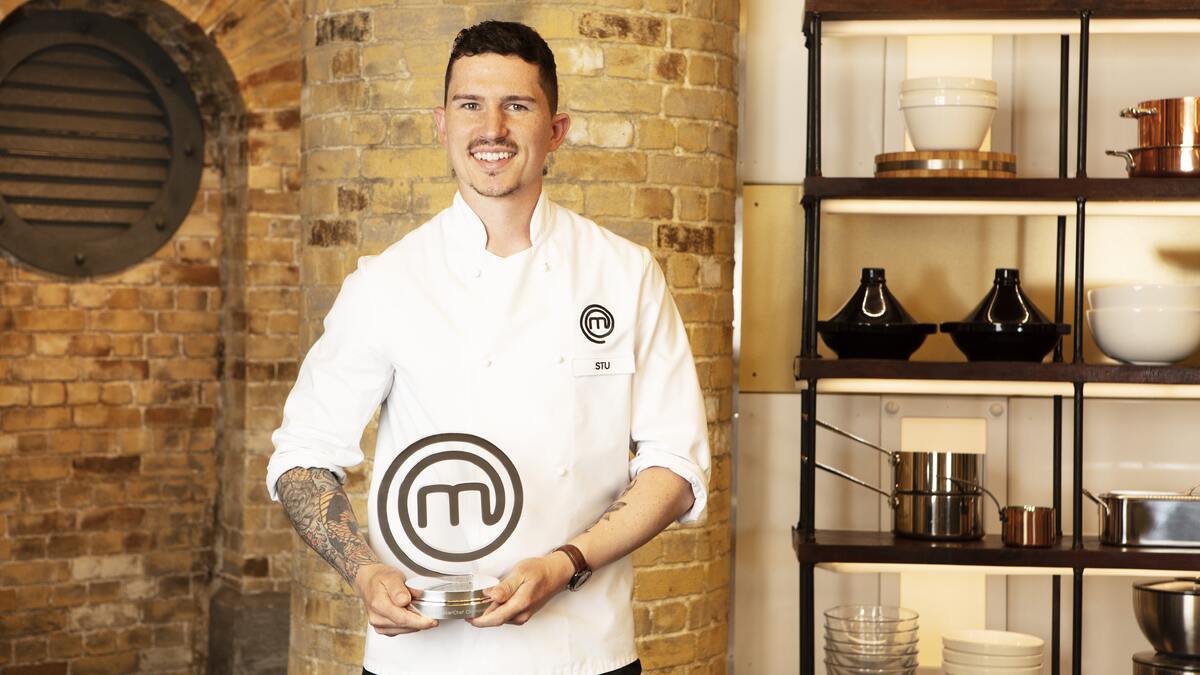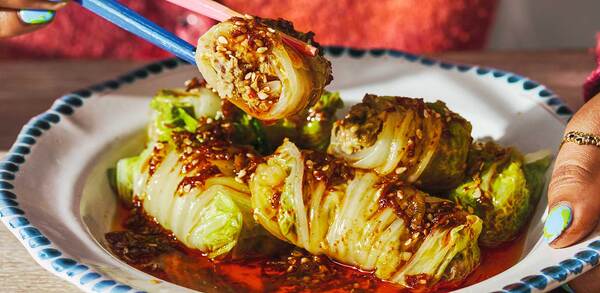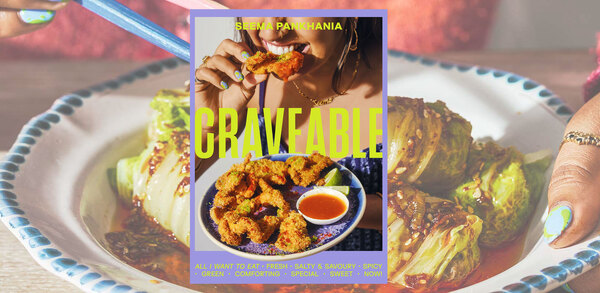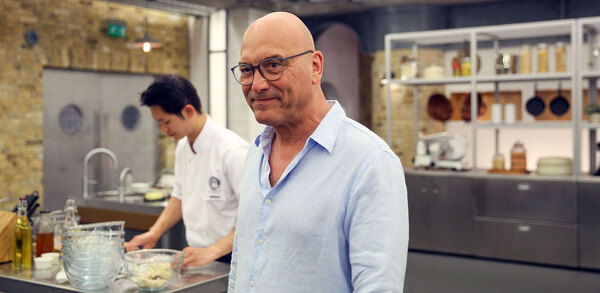Book review: The Irish Cookbook, by Jp McMahon
- The Irish Cookbook, by Jp McMahon
- Phaidon, £35
The Irish Cookbook arrives with impeccable timing, following the country’s Michelin success last October. The Republic and Northern Ireland now boast three two-star restaurants and 18 one-star establishments. It’s an indication of how far the country’s food scene has evolved; a decade ago there were just seven starred restaurants in total.
Although author Jp McMahon is a Michelin-starred chef himself (he is the culinary director of the EatGalway restaurant group, which includes the one-star Aniar), his scope for this 400-plus-page book goes far beyond modern restaurant food. An introduction titled ‘A Little History of Food in Ireland’, which forms part of the book’s attempt to define ‘Irish food’, delves back to pre-Neolithic times.
McMahon is keen to point out that Irish food is more than the dishes that “emerged in the space created after the [potato] famine”, such as boxty potato pancake and traditional Irish stew, although both are included among the book’s 500 recipes.
The 15 chapters comprehensively cover Ireland’s rich and diverse natural larder, from the superlative shellfish (oyster pie; sea urchins with buttermilk and tarragon) to the plentiful wild game (grouse and poteen; venison and barley stew), freshwater fish (pike with gooseberries and sherry; perch baked in milk) and much else besides.
McMahon has included an index of Ireland’s wild plants, seaweed and fungi, eaten by the country’s first settlers and which he sees as the future of Irish food. Nettles are rolled around cream cheese, made into a purée and transformed into wine, while steamed asparagus is wrapped in sea lettuce and deep-fried rabbit legs are served with wild garlic mayonnaise.
McMahon makes the sensible caveat that ‘no book is definitive’ and it is questionable how uniquely Irish some of the recipes, such as steak and kidney pie and lamb hotpot actually are, but The Irish Cookbook is nevertheless an impressive achievement and one that will shed new light on a hitherto undervalued cuisine.



